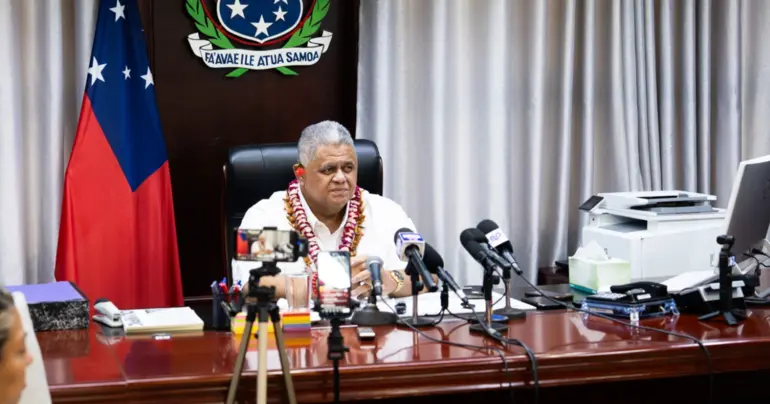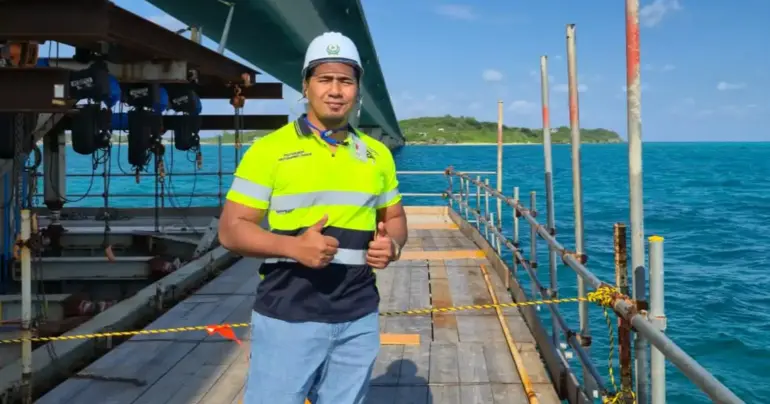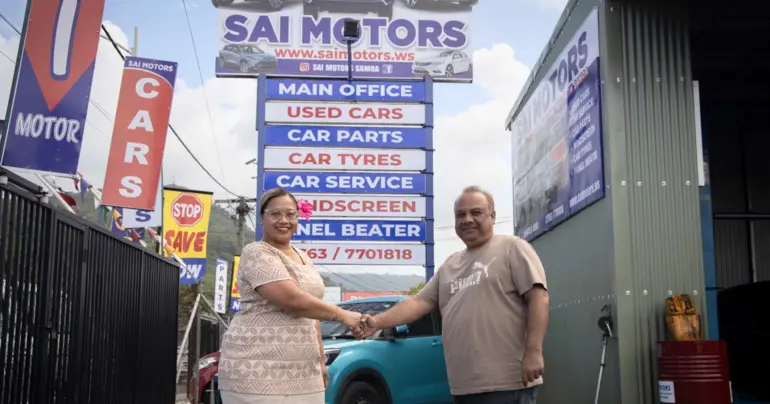Poor workmanship by contractors growing – architect
 By Edward Enoka
•
24 January 2020, 10:00AM
By Edward Enoka
•
24 January 2020, 10:00AM
An architect and former top bureaucrat has raised concerns at the rise in poor workmanship in property building projects.
Former Assistant C.E.O. (Asset Management Building Division) with the Ministry of Works Transport and Infrastructure (M.W.T.I.), Anne Godinet-Milbank, told the Samoa Observer in an interview Samoa’s building industry is becoming more modernised but substandard work is also on the rise.
Reports of contractors doing substandard work or walking off the job, leaving homeowners with incomplete homes, are on the rise in Samoa.
Ms Godinet-Milbank agreed and said poor workmanship is an issue in the country and builders should build residential homes that can withstand natural disasters and environmental challenges.
“As we know Samoan buildings need to be especially resilient to withstand earthquakes, cyclones, flooding, termites and our hot humid environment,” she said.
Buildings being constructed should be strong and built to withstand damage to ensure the property does not become wasted investment for the family.
Poor workmanship is often the result of contractors using unqualified builders, who have not undertaken formal training in construction, according to Ms Godinet-Milbank.
“Whilst the head builder may be qualified, he is working on multiple sites at once and often leaves unqualified labourers on site with no supervision.”
Unsupervised construction sites can result in workers making mistakes which can be costly over the long-term and even dangerous to the property owner.
“Cleary this situation can be extremely expensive and distressing for the homeowner who has taken out a mortgage for the construction works.”
Often banks refuse to offer additional funding to fix builders’ mistakes, which she said is understandable.
Building contracts is also another problem area in Samoa with Ms Godinet-Milbank indicating that most times people get into verbal agreements.
“Currently many residential projects do not use contracts and rely solely on verbal agreements,” she said. “This is a huge risk for the homeowner as they have no protection should the relationship sour or the contractor chooses to move to another project.”
Contractors also face the risk of not been paid by the homeowner for the work done, added Ms Godinet-Milbank, who warned that the absence of a contract can be bad for both the contractor and his or her client.
“For example, if a change to the design is made during construction or if different materials are used or if the project is going to take longer than expected,” she said. “But a contract will outline how these issues are dealt with, reducing the risk of misunderstandings.”
Ms Godinet-Milbank has recommended that the National Building Code, which was last revised in 2017, should be reviewed with a view to factoring issues such as disaster resilience, climate change and energy efficiency.
“The first steps would be to improve the skill levels of practitioners in the building industry through training and apprenticeships, and ensure that all parties are protected through sound contracts,” she said.
She believes the changes would bring about more success stories for Samoa’s homeowners and the building industry in the future.
 By Edward Enoka
•
24 January 2020, 10:00AM
By Edward Enoka
•
24 January 2020, 10:00AM











